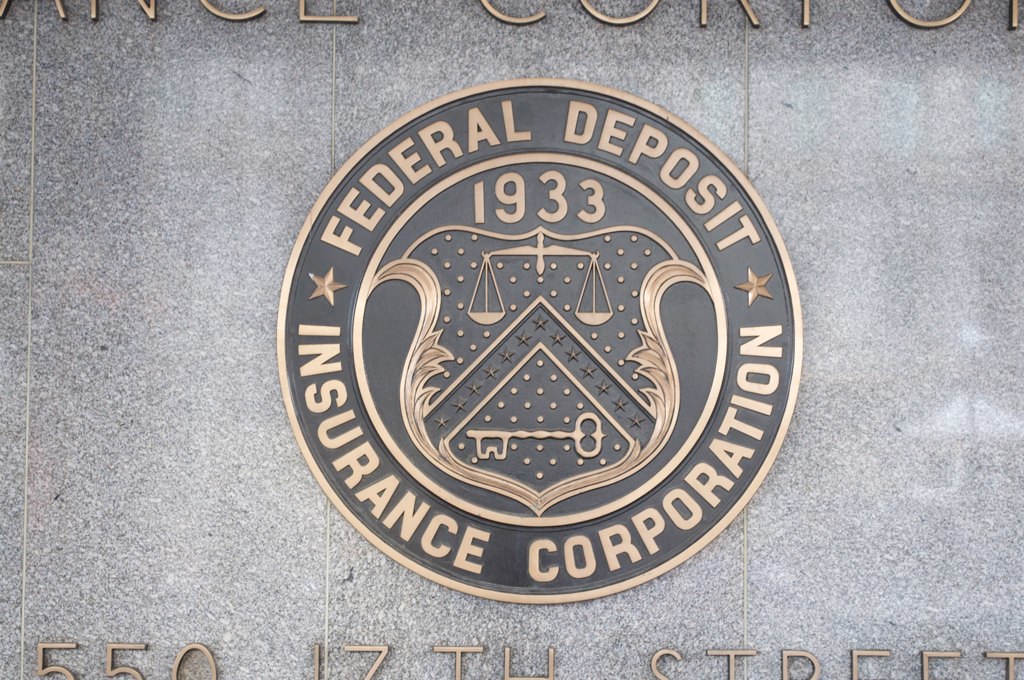FDIC Report Highlights Growing Unrealized Security Losses at U.S. Banks
The Federal Deposit Insurance Corporation (FDIC) has released its latest quarterly report, highlighting a significant increase in unrealized security losses at U.S. banks. The report, which analyzes the financial health of FDIC-insured institutions, reveals a concerning trend as rising interest rates and economic uncertainties continue to impact the banking sector.
Key Findings:
- Rising Unrealized Losses: According to the FDIC, unrealized losses on securities held by U.S. banks have surged to $620 billion in the second quarter of 2024, up from $515 billion in the previous quarter. This marks a 20% increase in just three months, reflecting growing challenges for banks managing their investment portfolios amid a volatile interest rate environment.
- Impact of Higher Interest Rates: The report attributes the rising unrealized losses primarily to the Federal Reserve’s ongoing efforts to combat inflation by raising interest rates. As rates increase, the market value of existing bonds declines, resulting in substantial paper losses for banks that hold large portfolios of longer-duration securities.
- Sector-Wide Implications: While the losses are currently unrealized and do not directly impact banks’ regulatory capital, the FDIC warns that prolonged periods of high interest rates could force institutions to sell these securities at a loss, potentially affecting their liquidity and overall financial stability.
- Pressure on Smaller Banks: Smaller community and regional banks are disproportionately affected due to their higher reliance on securities as a source of income. Unlike larger institutions, which have diversified revenue streams, smaller banks are more exposed to fluctuations in bond prices, amplifying their risk profile.
- Rising Interest Expenses: The FDIC also noted that banks are facing increased interest expenses due to higher rates on deposits and other liabilities. This has squeezed net interest margins, further complicating the financial outlook for many institutions.
- Regulatory Concerns: The FDIC expressed concern that a sustained period of unrealized losses could lead to increased regulatory scrutiny and potential downgrades in banks’ credit ratings. The agency urged banks to carefully manage their liquidity and capital positions, especially in light of potential economic headwinds.
Industry Response:
Banking industry groups have acknowledged the challenges posed by the current interest rate environment but emphasized that most banks remain well-capitalized and able to withstand potential market volatility. The American Bankers Association (ABA) stated that while unrealized losses are a concern, they do not pose an immediate threat to the stability of the banking system.
Looking Ahead:
The FDIC report comes as financial markets and regulators continue to watch for signs of stress in the banking sector. As interest rates are expected to remain elevated for the foreseeable future, banks will need to navigate carefully to manage their exposure to further losses.
The FDIC has reiterated its commitment to monitoring the situation closely and providing guidance to banks on risk management practices. The agency has also indicated that it may consider additional regulatory measures if unrealized losses continue to rise, posing a broader threat to financial stability.
About the FDIC:
The FDIC insures deposits at U.S. banks and savings associations, promoting public confidence in the nation’s financial system. The agency’s quarterly banking profile is a key indicator of the health and performance of the U.S. banking industry.
For more information on the FDIC’s latest report, visit FDIC.gov.
This news story provides an overview of the latest trends affecting U.S. banks, reflecting the growing concerns around unrealized security losses and their potential impact on the broader financial system.






More Stories
Top 10 Money Apps and Cash Advance Apps
BTC Breaks $110,000 Milestone
The U.S. Export-Import Bank